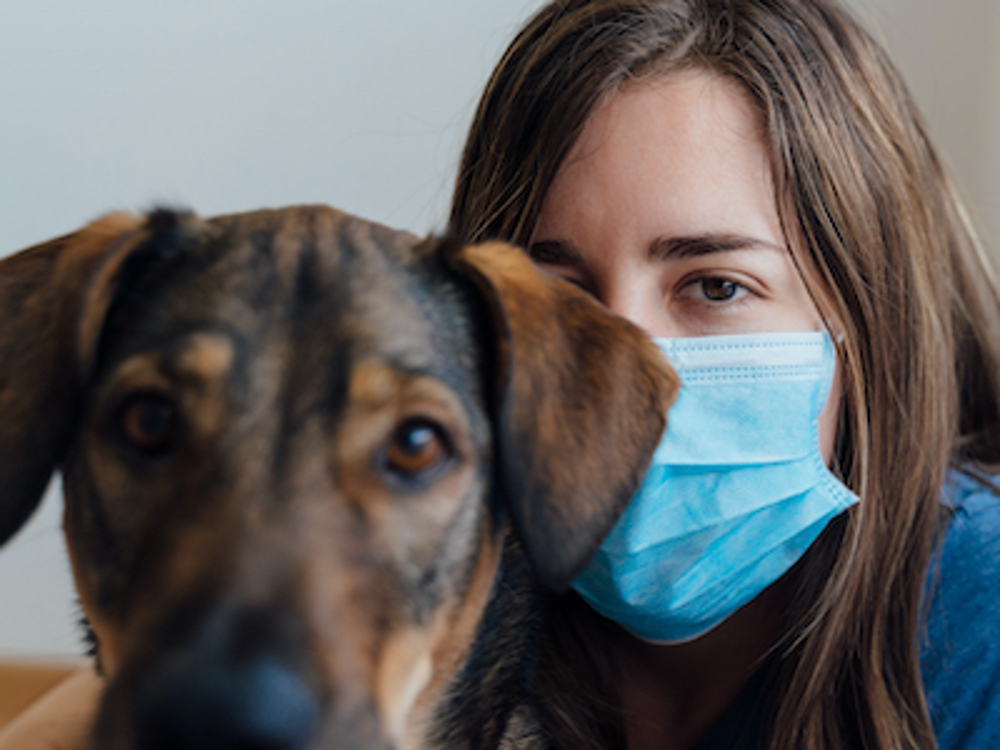
There is always something new happening in life and the Covid-19 pandemic has given people and dogs a ‘new normal’ to contend with – getting used to masks and related personal protection equipment (PPE). Even dogs that have already been well socialised may be spooked by the sight of people in masks, visors, plastic aprons, etc. So using the mask example, let’s look at how to introduce something new to your dog. This same psychology can be used to introduce other new items such as motorcycle and bike helmets too.
- Masks come in a range of colours and shapes, so consider the variations on the theme that your dog may see and have to deal with, and collect a few examples
- Lay some masks out on the floor or a low table for your dog to take a look at and smell. Reward your dog for taking note and not reacting to them. It is highly unlikely that you will get an adverse reaction at this stage unless your dog has already had a bad experience. If this is the case, just introduce one mask at a time and start with something not resembling the feared one to help build confidence. You could lay a little treat trail towards the masks and as your dog gets to the nearest treat, call them to you for another reward. You are working towards the mask meaning nothing to your dog rather than being a big deal
- Start with one mask and pick it up, reward your dog for no reaction – if your dog is over keen and wants to take the mask or play with it, use your ‘leave’ command that you will have taught in basic training and reward your dog for looking/being aware but not touching
- Next, hold the mask and ask your dog to do a known command, i.e. ‘sit’
- Bring the mask towards your face (without any excitement or drama) and repeat the reward if your dog gives no reaction
- Gradually work towards putting the mask on your face. Keep rewarding your dog for not reacting and also for leaving the mask alone. If you do get an adverse reaction such as spooking, barking, growling – you are going too fast for your dog. Slow the pace and spend more time establishing that the masks are nothing to fear by using the steps above
- Once you know your dog is not concerned at you putting the mask on, try doing something else. e.g. check your phone or read a book. Do normal things so the mask is part of normal life. You could even take your dog out into the garden or into a different room
- Work through a variety of masks and other bits and pieces that you have gathered. It shouldn't be all in one session - it is better to keep going back to it throughout the day than to flood your dog with too much at one time. It’s important not to make too much of a big deal about the whole thing
- Once your dog can accept you wearing the mask and going about your business, ask a friend or family member to do the same – make sure they too behave normally rather than making something of it – and don’t forget to keep rewarding your dog, so looking at a person in a mask becomes a pleasant act rather than a fear-provoking one
Please note: there are many different ways to train your dog. This is just one method of teaching. If you are ever in doubt, please seek professional advice.
For more information and advice, you can find training classes with The Kennel Club Good Citizen Dog Training scheme, browse our full list of The Kennel Club Accredited Instructors or find a dog training club near you.
